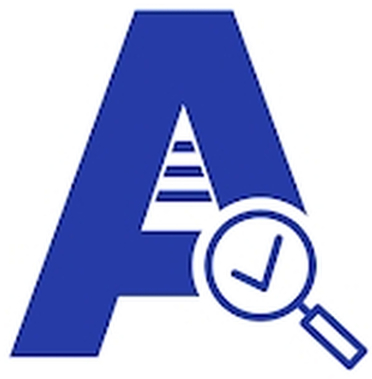VACCP Checklist
A Vulnerability Assessment Critical Control Point VACCP checklist helps identify and mitigate potential vulnerabilities within the supply chain or production process, especially concerning food fraud. Using eAuditor Audits & Inspections, a digital inspection app, allows for efficient completion, tracking, and reporting of these assessments. Here’s a basic framework for a VACCP checklist:

VACCP Checklist Template for eAuditor Audits & Inspections
General Information
- Date of Assessment
- Location of Assessment
- Name of Assessor
- Product Assessed
- Supplier(s)
Step 1: Identify Potential Vulnerabilities
- Ingredient/Product:
- What is the primary ingredient or product?
- Is the product high value or at risk of fraud?
- Does this product have a complex supply chain?
- Source of Vulnerability:
- Are there any previous instances of fraud or contamination in this product category?
- Are there vulnerable suppliers or points in the supply chain?
- Vulnerable Points in the Process:
- Are raw materials susceptible to substitution, dilution, or misrepresentation?
- Are there points in the process where integrity could be compromised (e.g., during transport or storage)?
Step 2: Assess Supplier Controls
- Supplier Vulnerability:
- Do suppliers have documented food fraud prevention programs?
- Do suppliers conduct regular vulnerability assessments?
- Supplier Verification:
- Are certifications up to date (e.g., Global Food Safety Initiative)?
- Are audit results from suppliers available and satisfactory?
Step 3: Evaluate Control Measures
- Existing Control Measures:
- Are there adequate controls in place to prevent adulteration or substitution?
- Is there a system in place to trace the ingredients or products?
- Testing and Analysis:
- Are authenticity tests performed regularly?
- What is the frequency of quality control checks on ingredients?
- Documentation and Traceability:
- Are records of product traceability maintained?
- Are there standardized procedures for investigating supply chain vulnerabilities?
Step 4: Identify and Prioritize Risks
- Risk Rating:
- Rate the likelihood of product vulnerability (Low/Medium/High).
- Rate the severity of impact if the vulnerability were to be exploited (Low/Medium/High).
- Critical Control Points:
- Are there points in the supply chain or production process where interventions are necessary?
- What steps can you take to mitigate identified vulnerabilities?


Step 5: Mitigation Plan
- Corrective Actions:
- What actions are necessary to address high-risk vulnerabilities?
- Who is responsible for implementing corrective actions?
- Timeline:
- Establish a timeline to complete for corrective actions.
Step 6: Review and Update
- Follow-up Inspections:
- Are follow-up inspections scheduled?
- How often will the VACCP plan be reviewed and updated?
Sign-off and Approval
- Assessor’s Signature: ______________________
- Manager’s Approval: ______________________
- Date of Approval: ______________________
How to Use This Template in eAuditor Audits & Inspections:


- Create a Custom Checklist: Use eAuditor Audits & Inspections’ template editor to input each section above into your custom checklist.
- Assign Tasks: Assign inspection tasks to team members and track progress.
- Upload Supporting Documents: Attach certificates, audit reports, and relevant documents for verification.
- Automate Reports: After each inspection, automatically generate detailed reports and share them with stakeholders.
- Schedule Inspections: Use eAuditor Audits & Inspections’s scheduling feature to set regular assessments.
This template helps ensure a systematic approach to identifying and addressing vulnerabilities, promoting food safety and integrity within the organization.
